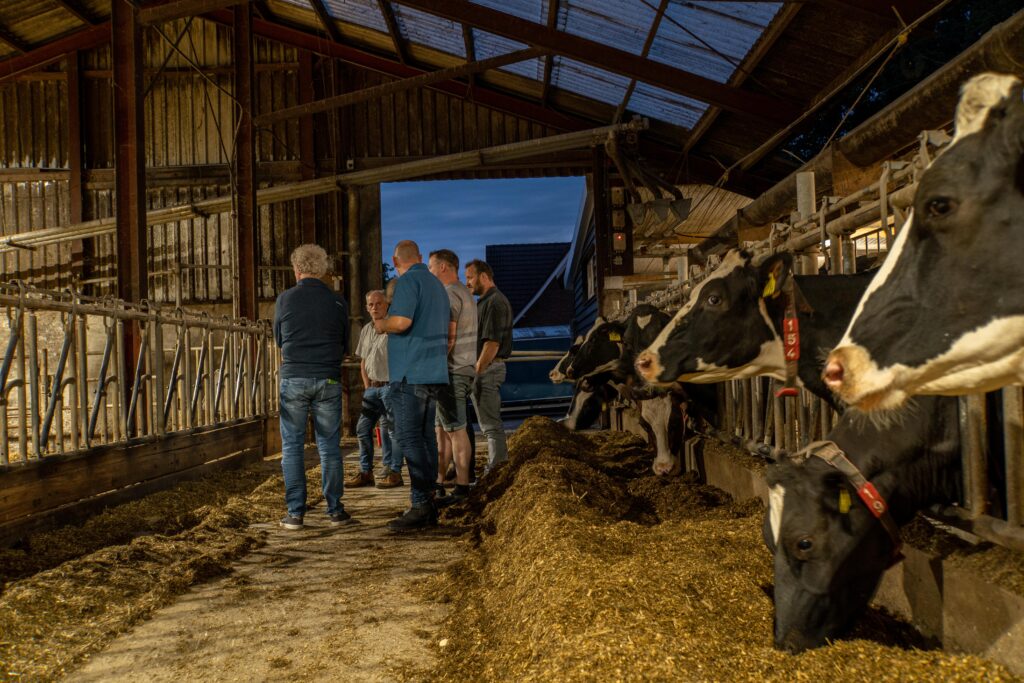Around calving and in the first weeks of lactation, cows are susceptible.
Examples of a few troublesome disorders are metabolic diseases such as ketosis and milk fever, but also mastitis, abomasal displacement, hoof health problems and reduced fertility.
Often one disorder can lead to another. This creates a snowball effect and ultimately lowers the health and margin of the herd.
Sometimes metabolic diseases are not (clearly) visible. They can then cause damage which producers may not be aware off. Producers may notice some cows fail to reach their potential for unexplained reasons. Problems in the transition phase are mostly due to the negative energy balance that cows enter after calving. The negative energy balance is unavoidable: feed intake drops on the day of calving while milk production picks up. Producers have to minimise the impact of negative energy balance. In order to achieve this, feed intake in the dry period is crucial. To manage, or rather prevent, problems after calving, it is important to ensure that cows make it successful through the dry period properly.

